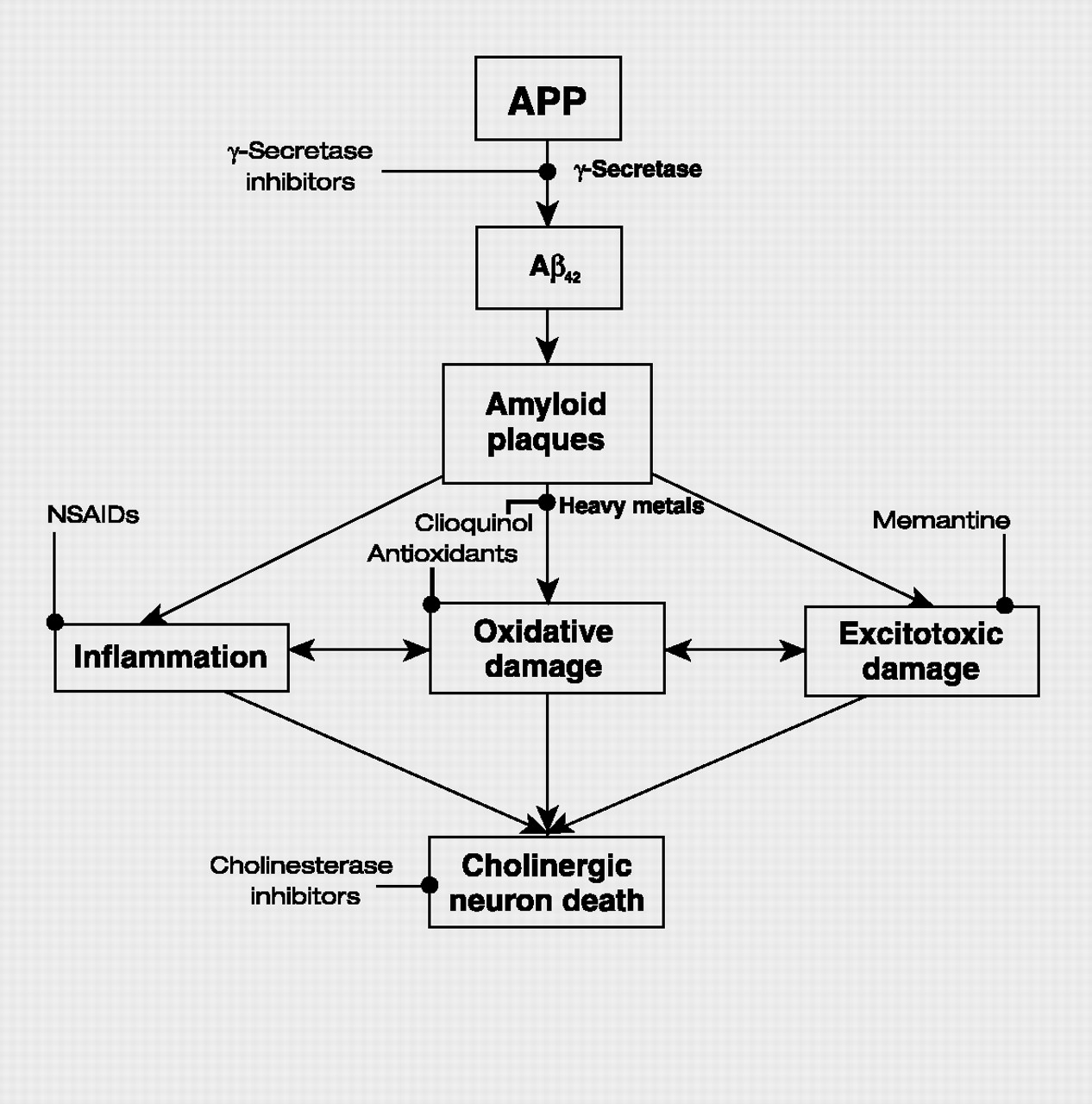Definition and clinical features
According to the Oxford English Dictionary, the word “delirium” is derived from the Latin word “delire,” which means to leave one’s furrow or deviate from a straight path. Over the years, the word evolved to mean “go crazy.” This nonspecific term for a deviation in mental status is a testament to the myriad ways that delirium can present as a clinical condition.
The American Psychiatric Association Practice Guideline for the Treatment of Patients With Delirium (
1), citing DSM-IV diagnostic criteria, defines delirium as “disturbances of consciousness, attention, cognition, and perception.” The disturbance “develops over a short period of time (usually hours to days) and tends to fluctuate during the course of the day.” Disturbances in consciousness refer to waxing and waning levels of alertness.
In a retrospective study of hospitalized patients, psychotic symptoms occurred in 42.7% of patients with delirium. The most common psychotic symptoms are visual hallucinations and delusions (
2). Patients may believe, for example, that they are incarcerated rather than hospitalized, and they may misinterpret caregivers’ actions as hostile. Also, perceptual disturbances may be simple misperceptions of actual stimuli—for example, IV tubes may be perceived as snakes. An important way to distinguish the psychotic symptoms of delirium from those of a primary psychotic disorder is that the former may vary throughout the day during the course of an episode of delirium.
Sleep-wake disturbances, such as insomnia or daytime somnolence, are a common sign of delirium and may be the initial presenting symptom. In fact, for older patients scheduled for surgery, regulation of the sleep-wake cycle has been studied as a preventive measure against postoperative delirium (
3,
4).
Delirious patients also exhibit considerable neuropsychiatric disturbances, such as mood lability, apathy, and anxiety. A consulting psychiatrist who has been called to evaluate a general medical patient for depression may find that the symptoms of depressed mood and disturbed sleep actually represent delirium. Obtaining a good history and assessing the variability of symptoms are important in differentiating delirium from a primary psychiatric process.
The clinical features of delirium described above can be separated into “hyperactive” and “hypoactive” delirium (
5). Hyperactive delirium is characterized by the more commonly known symptoms of hallucinations, delusions, and agitation, and hypoactive delirium by somnolence, depressed mood, and confusion. Differences in melatonin levels have been implicated in the distinction between these subtypes. Hyperactive delirium has been found to be correlated with lower levels of melatonin metabolites, and hypoactive delirium with higher levels (
6). These phenomenological distinctions are relevant to outcomes for patients with delirium. In a study of the severity of postoperative delirium after hip fracture repair (
7), hypoactive delirium was found to be more common than hyperactive delirium and was associated with better outcomes as measured by rates of nursing home placement, mortality, and ambulatory decline.
Epidemiology
A number of studies have examined the incidence and prevalence of delirium in a variety of settings and patient populations. Estimates of the prevalence of delirium in the general hospital setting range from 10% to 30% (
5). A study of delirium in older patients on an intensive care unit found a prevalence of 31.4% at initial assessment and an incidence of 31.1% during the course of hospitalization (
8). In a sample of elderly (65 years of age and older) patients who presented in an emergency department, the prevalence of delirium was 9.6%; this figure may underestimate the true prevalence, however, because the study excluded patients who were too ill to be assessed (
9). Postoperative delirium is particularly common among elderly patients. Several intraoperative factors may contribute to delirium, such as hypoxia, the duration of surgery, and the type of anesthesia used (
10). In a prospective cohort study of elderly patients undergoing hip surgery, postoperative delirium was present in 23.8% (
11). The authors of the study also found that significant risk factors for developing delirium included advanced age, a history of cognitive impairment, depression, and visual or hearing impairment. A review of risk factors for delirium found that advanced age, presence of dementia, presence of a medical illness, and male gender were the most common (
12).
Assessment
A number of tools are available for use in assessing and screening for delirium. The confusion assessment method (CAM) is a useful screening tool that focuses on four salient features of delirium: acute onset/fluctuating course, inattention, disorganized thinking, and altered level of consciousness (
14). An instrument that is frequently mentioned in the literature is the 10-item, 32-point Delirium Rating Scale (DRS) (Table 3) (
15). The DRS has been shown to have a sensitivity of 91%–100% and a specificity of 85%–100% in distinguishing delirium from other diagnoses, such as dementia, depression, and schizophrenia (
16).
Additional important tools for assessment include a thorough history, with particular attention to past alcohol or substance use and previous episodes of delirium. A physical examination can be helpful in identifying or ruling out possible causes of delirium. Laboratory studies are important for detecting underlying causes of delirium, such as electrolyte abnormalities, toxicity, and infection. Imaging studies, with particular attention to central nervous system lesions such as tumors or infarcts, may also be useful in determining the cause of delirium.
Treatment and management
The primary goal in treating delirium is to treat the underlying cause. Treatment may involve a variety of interventions, ranging from initiation of antibiotic therapy for a urinary tract infection to removing deliriogenic agents from a patient’s medication regimen. Behavioral management can be accomplished with both environmental and pharmacological interventions. Environmental interventions have been shown to be effective in the treatment and prevention of delirium. Inouye and colleagues found that interventions targeting specific risk factors in a cohort of hospitalized elderly patients led to significant decreases in the number of episodes of delirium (
17). Such interventions include improved sleep hygiene, range-of-motion exercises, ambulation, reorientation, and cognitive stimulation. Clocks, calendars, and familiar objects from home, such as photographs of loved ones, are all important environmental cues that may be helpful in the prevention of delirium (
1).
A key component of treatment is the avoidance of pharmacological agents that can precipitate or exacerbate delirium. With this in mind, anticholinergic agents, such as narcotic analgesics, benzodiazepines, and diphenhydramine, should be avoided in elderly patients who are at risk of delirium. A careful review of the delirious patient’s medication history is valuable, as many medications that are often prescribed for elderly patients have significant anticholinergic actions (
18). The importance of anticholinergic load in cognition was demonstrated with a sample of elderly patients in a study that found increased serum anticholinergic activity to be associated with lower cognitive performance as indicated by Mini-Mental Status Examination (MMSE) score (
19). Anticholinergic medications have also been shown to increase the severity of delirium independently of preexisting or coexisting dementia (
20).
When behavioral and environmental modifications do not suffice for the acute management of delirium, haloperidol has traditionally been the gold standard in medication treatment. For elderly patients, the APA guideline recommends a dosage of 0.25–0.5 mg every 4 hours as needed (
1).
Atypical antipsychotics have been shown in recent studies to be just as effective as haloperidol in treating delirium, with less risk of extrapyramidal side effects, which are of particular concern in the elderly population (
21). In an open-label prospective trial of olanzapine for the treatment of delirium in hospitalized cancer patients, delirium symptoms resolved in 76% of the study sample (
22). Similar results have been reported in case series with other atypical antipsychotics, such as risperidone (average dose, 1.7 mg/day) (
23) and quetiapine (average dose, 93.75 mg/day) (
24,
25). One case report described the effective use of ziprasidone in treating delirium (maximum dose, 100 mg/day) (
26), although the drug had to be discontinued in this case because of electrolyte abnormalities and QT prolongation.
Cholinergic agents have long been hypothesized to be useful in the treatment of delirium, and several case reports as well as animal studies suggest that they offer a promising new direction in the treatment of delirium. A number of case reports have demonstrated the effectiveness of cholinomimetics in reversing delirium caused by anticholinergic agents such as benztropine, atropine, ranitidine, pheniramine (
27), amitriptyline (
28), and meperidine (
29). More recent evidence from animal studies suggests that cholinergic agents may be helpful in treating delirium from nonanticholinergic causes. In an animal model of delirium, Nakamura and colleagues found that the cholinergic agent aniracetam reversed attentional deficits in rats treated with the dopamine agonist apomorphine (
30). A case report described the successful use of the cholinesterase inhibitor rivastigmine (at a dose of 1.5 mg twice daily) for the treatment of delirium secondary to lithium toxicity (
31). Common side effects of cholinesterase inhibitors include nausea, vomiting, diarrhea, abdominal pain, dizziness, and headache.
Outcomes
The consequences of delirium during hospitalization are associated with significant costs and poor outcomes. Postoperative delirium has been associated with longer hospital stays and higher costs (
32). In a meta-analysis of delirium outcomes, Cole and Primeau found that hospitalized elderly patients with delirium had poorer outcomes and higher rates of mortality (14.2 %) and institutional placement (46.5%) as compared with unmatched control patients one month after admission (
33). Another study found that patients who suffer from delirium during their hospitalization have a significantly higher 12-month mortality rate, with an estimated mortality of 63.3%, compared with 17.4% in controls (
34). Mortality is related to the severity of the underlying medical condition and the intractability of the delirium (
35). Patients may also suffer from persistent cognitive problems up to 12 months after hospitalization (
36,
37).


